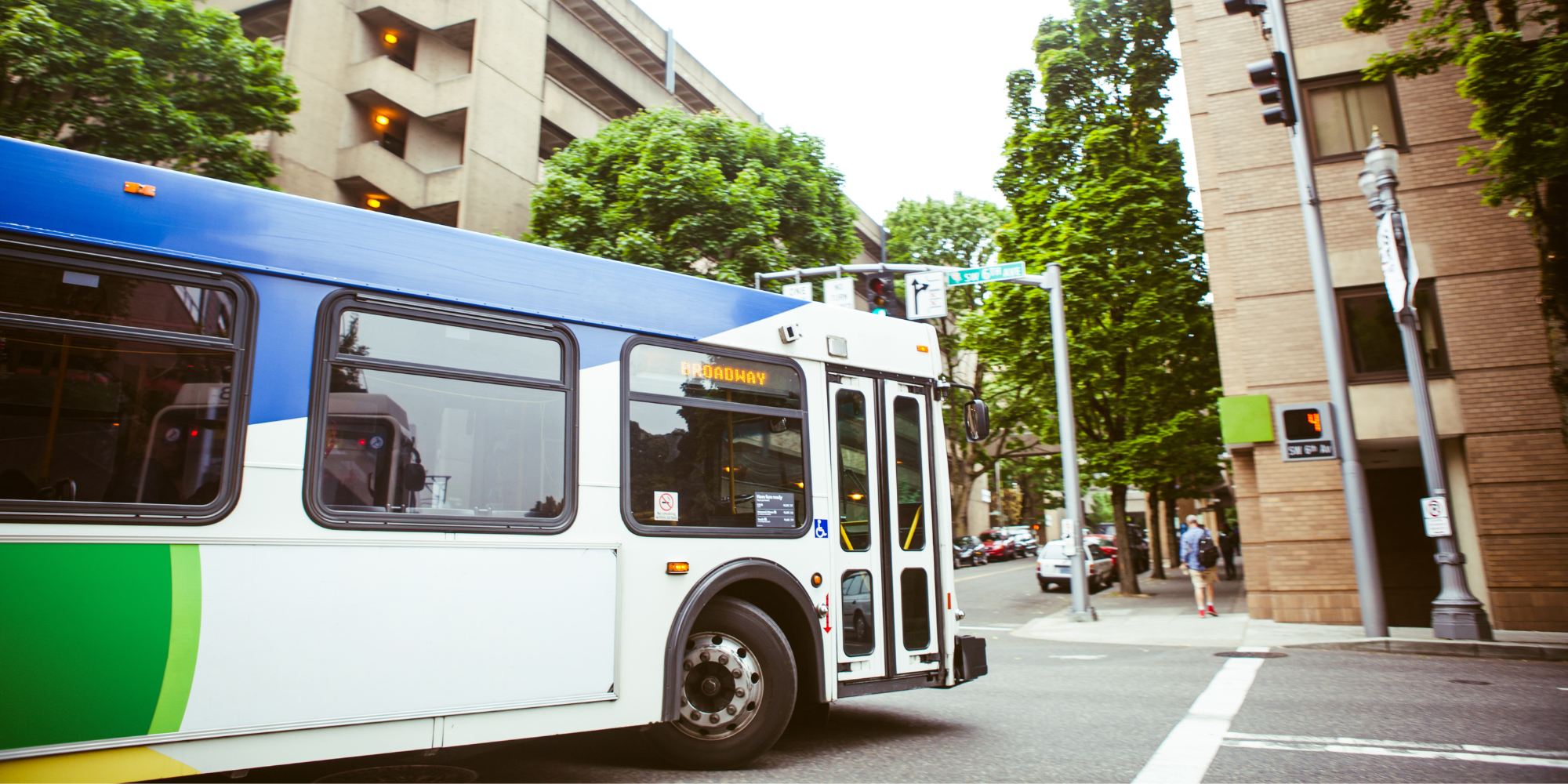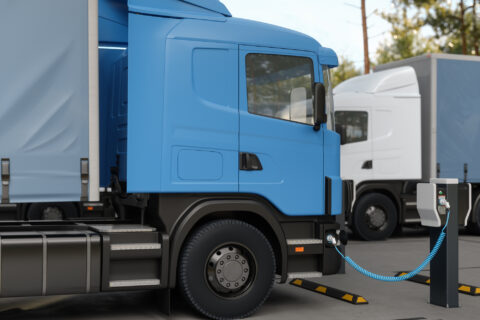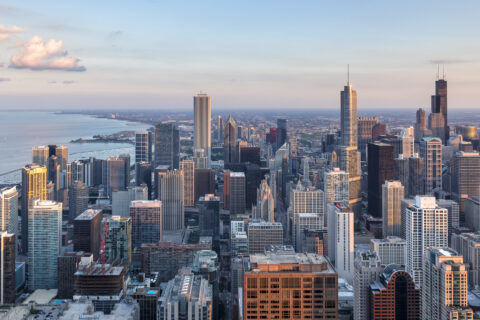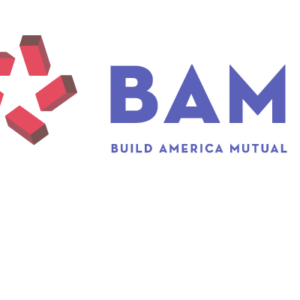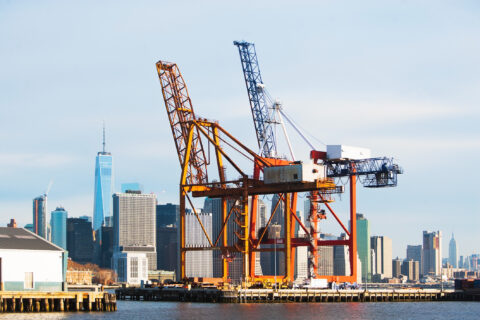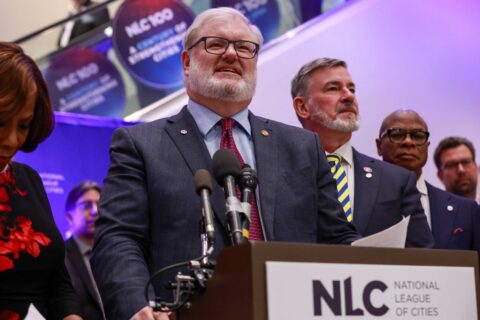A little bit of help can go a long way with local transportation projects. America’s cities, towns and villages have made the need for a federal transportation partnership model clear, particularly one that meets local governments where they are. In response, Congress appropriated $25 million for the new Thriving Communities Program (TCP), and this year the U.S. Department of Transportation is setting it in motion.
The new Thriving Communities Program (TCP) is structured to ensure no matter how small or disadvantaged, any city can access the technical tools and capacity to compete for federal programs and deliver quality infrastructure projects for their communities and neighborhoods to thrive. Thriving Communities is about supercharging your city’s capacity to take on transformative transportation projects from concept to completion now while the Bipartisan Infrastructure Law programs have available funding.
Getting Started Is Simple: Share Your City’s Interest
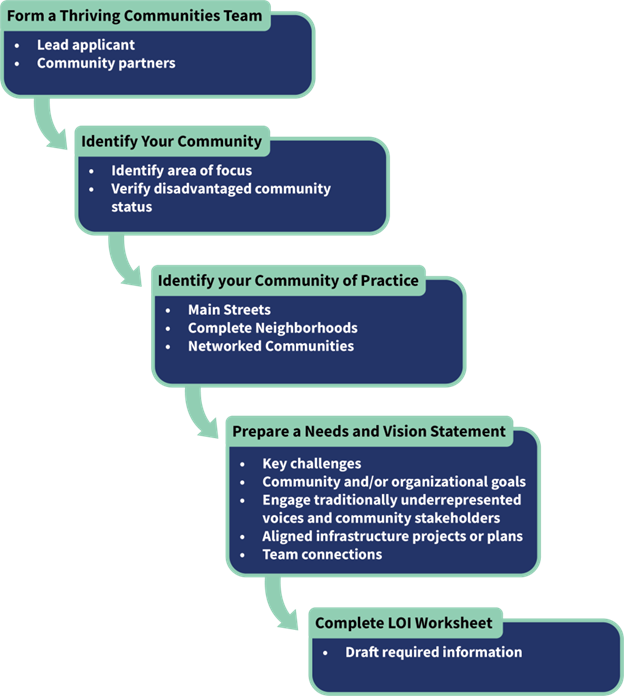
Sometimes accessing new programs can feel like a task itself, but this one is meant to be simple.
USDOT’s Thriving Communities Program is seeking Letters of Interest from communities to share their transportation goals and vision in exchange for possibly winning support from a team of transportation experts and support staff paid for by USDOT along with the ability to hire local community firms to help with the work for two years.
That’s right – there are no extensive application or federal match requirements, and technical assistance help will be provided to your city if you’re one of the thirty or more communities chosen. The Thriving Communities Program will provide two years of deep-dive assistance to the selected cities and help them plan and develop a pipeline of comprehensive transportation, housing and community revitalization activities.
What Makes My City Likely to Be Picked?
USDOT will prioritize communities that have had limited past success in applying for or receiving federal transportation funding, or in successfully delivering integrated infrastructure and community development projects. They will also be targeting support to assist disadvantaged communities which you can confirm for your area by using these federal tools:
- DOT mapping tool for Historically Disadvantaged Communities
- Areas of Persistent Poverty Table
- Other Federally designated community development zones (for example: Empowerment Zones, Promise Zones, or Choice Neighborhoods)
Another way to help get selected is to be clear about which of the three identified “Communities of Practice” that applicants should affiliate with. Picking the one that makes sense for your city is likely based on either your community type (such as urban or rural) and your type of transportation project (for example, freight projects may be best in Networked Communities). Here are three Communities of Practice descriptions:
- Main Streets – Focused on Tribal and rural communities and the interconnected transportation, housing, community, and economic development issues they face.
- Complete Neighborhoods – Focused on urban and suburban communities located within metropolitan areas working to better coordinate transportation with land use, housing, and economic development.
- Networked Communities – Focused on those communities located near ports, airports, freight, and rail facilities to address mobility, access, environmental justice, and economic issues including leveraging their proximity to these facilities for wealth-building and economic development opportunities.
How Do I Prepare a Letter of Interest?
USDOT lays out the entire process here. We all recommend you start by reading from pages 1 to 21 of the program’s Call for Letters of Interest. Find the full explanation here so that you can think about what you need to gather and who to involve in your city.
Next, the task that may take the earliest coordination is picking your team. The local government will be the lead applicant, but USDOT is asking for the city to identify at least two Community Partnerships to join with you in your Letter of Interest. Specifically, they say Community Partnerships likely are “organizations working with or located in the identified focus area to collectively advance technical, organizational, and community capacity to advance a pipeline of comprehensive, community-driven infrastructure and community development projects.” You may have a lot more than two great partners, but pick at least two other organizations that:
- Are important implementation partners
- Can help to supplement local capacity or
- Can ensure that those who live in disadvantaged communities have a voice at the table.
Community Partners may include:
- Nonprofits
- private sector firms (like a transportation planning or engineering firm)
- community-based organizations
- labor unions
- advocacy groups
- other government entities
- chambers of commerce
- major employers
- academic or other anchor institutions
- philanthropic organizations
The goal is for your city to be supported and these partners should be prepared to give local or regional technical assistance, planning and capacity-building support for your project. They can be very localized organizations – your Metropolitan Planning Organization, a foundation that only works in your area, a non-profit that works on your transportation alternative projects locally, etc. You will want to ask for agreement from these organizations to include them in your Letter of Interest, but since there’s no financial commitment to start, hopefully they will be eager to join you.
Finally and most importantly, the core element of your city’s Letter of Interest is the Needs Statement and Vision Statement. The good news is that they only want 500 words or less for each but writing a great statement for your community’s needs and vision may take a few revisions so be sure to give it some thought with your team. Here are the basics:
Needs Statement should include:
- Key challenges or needs (transportation, equity, environmental, health and safety, housing, and/or economic) that the identified community faces, including those caused by harmful historic or current policies (e.g., displacement, discrimination, segregation, exclusionary zoning) that could be addressed through the TCP.
- Technical or capacity challenges the applicant or community has faced when seeking Federal funding or delivering transportation projects, or in trying to coordinate infrastructure projects with broader community and economic development efforts.
- Any infrastructure projects that may be planned or underway, and specific or anticipated challenges your team may face in funding or implementing these projects (if applicable).
Vision Statement should include:
- Community and/or organizational goals to be advanced through participation in the TCP.
- Why the key community partners were chosen and how the assembled team will be able to successfully work together to meet identified goals.
- Ways in which traditionally underrepresented voices and community stakeholders, including but not limited to those with Limited English Proficiency and those with disabilities, will be engaged in the technical assistance, planning, and capacity-building process throughout the two-year period.
Take the Next Step
To make this easier for communities, USDOT set up a Letter of Interest Worksheet to ensure you have all the information in advance to submit your interest. The deadline is firm and it is December 6, 2022, by 11:59 p.m. (EST) using DOT’s online webform. You can also sign up to receive program updates by email. For questions, contact ThrivingCommunities@dot.gov.
